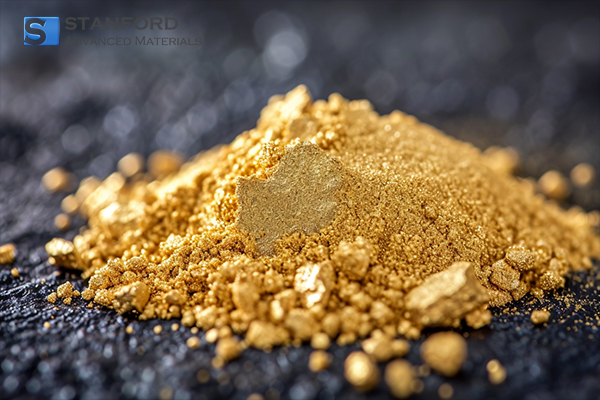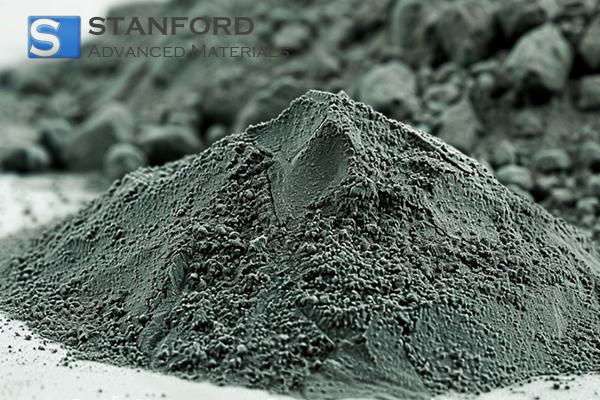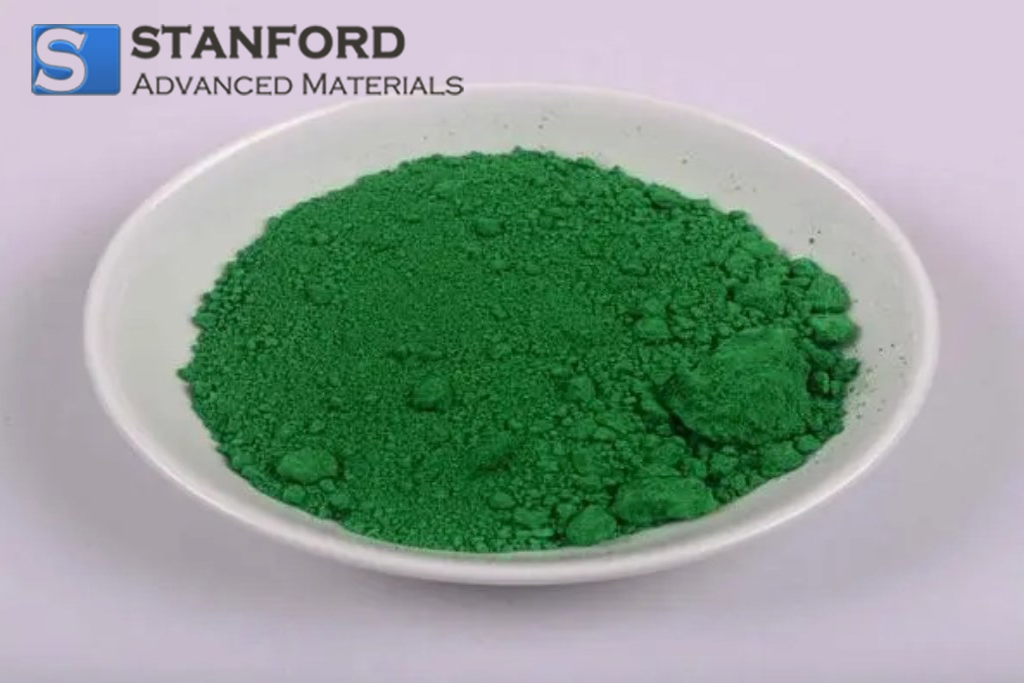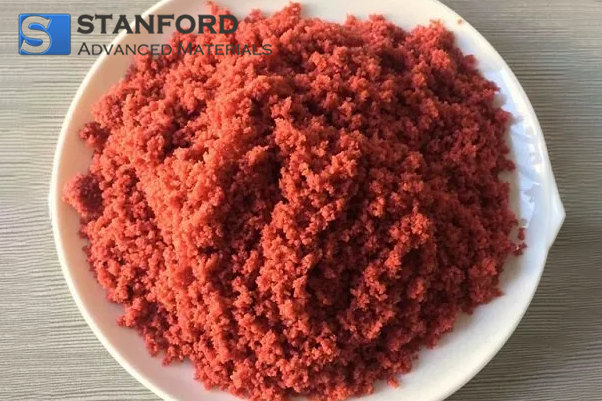- Products
- Categories
- Blog
- Podcast
- Application
- Document
PT2415 Potassium Chloroplatinate Powder (CAS No.10025-99-7)
| Catalog No. | PT2415 |
| Purity | 98% |
| CAS Number | 10025-99-7 |
| Appearance | Reddish brown |
| Molecular Formula | K2PtCl4 |
Potassium Chloroplatinate is a Platinum-based compound. Stanford Advanced Materials offer high purity Potassium Chloroplatinate Powder according to your requirements.
Related products: Potassium Hexachloroplatinate(IV) Powder, Potassium Tetrachloroplatinate(II) Powder, Chloroplatinic Acid Hexahydrate Powder, Sodium Hexachloroplatinate(IV) Hexahydrate Powder
LATEST RECOMMENDED










GET A QUOTE
Send us an Inquiry now to find out more Information and the latest prices,thanks!




